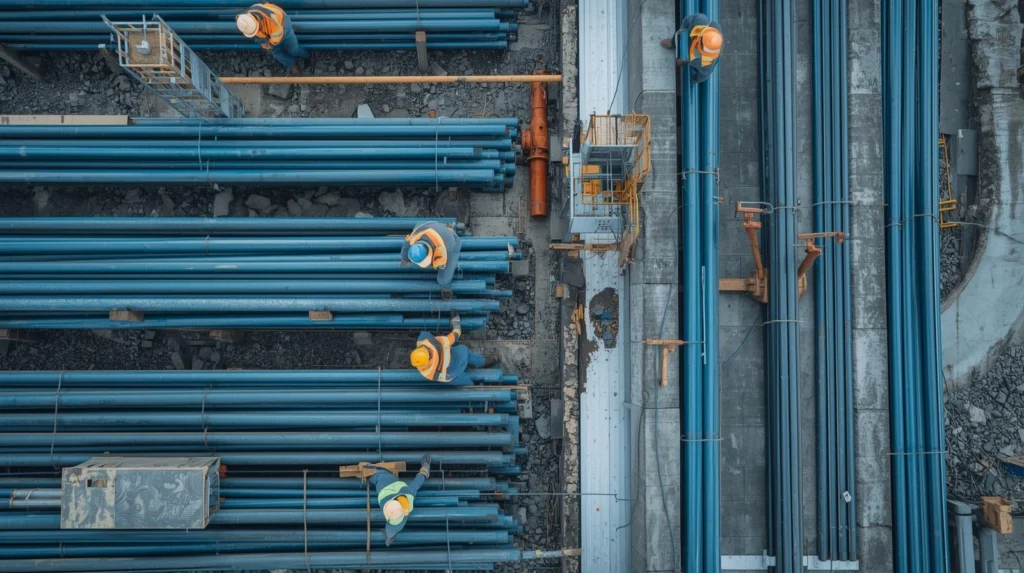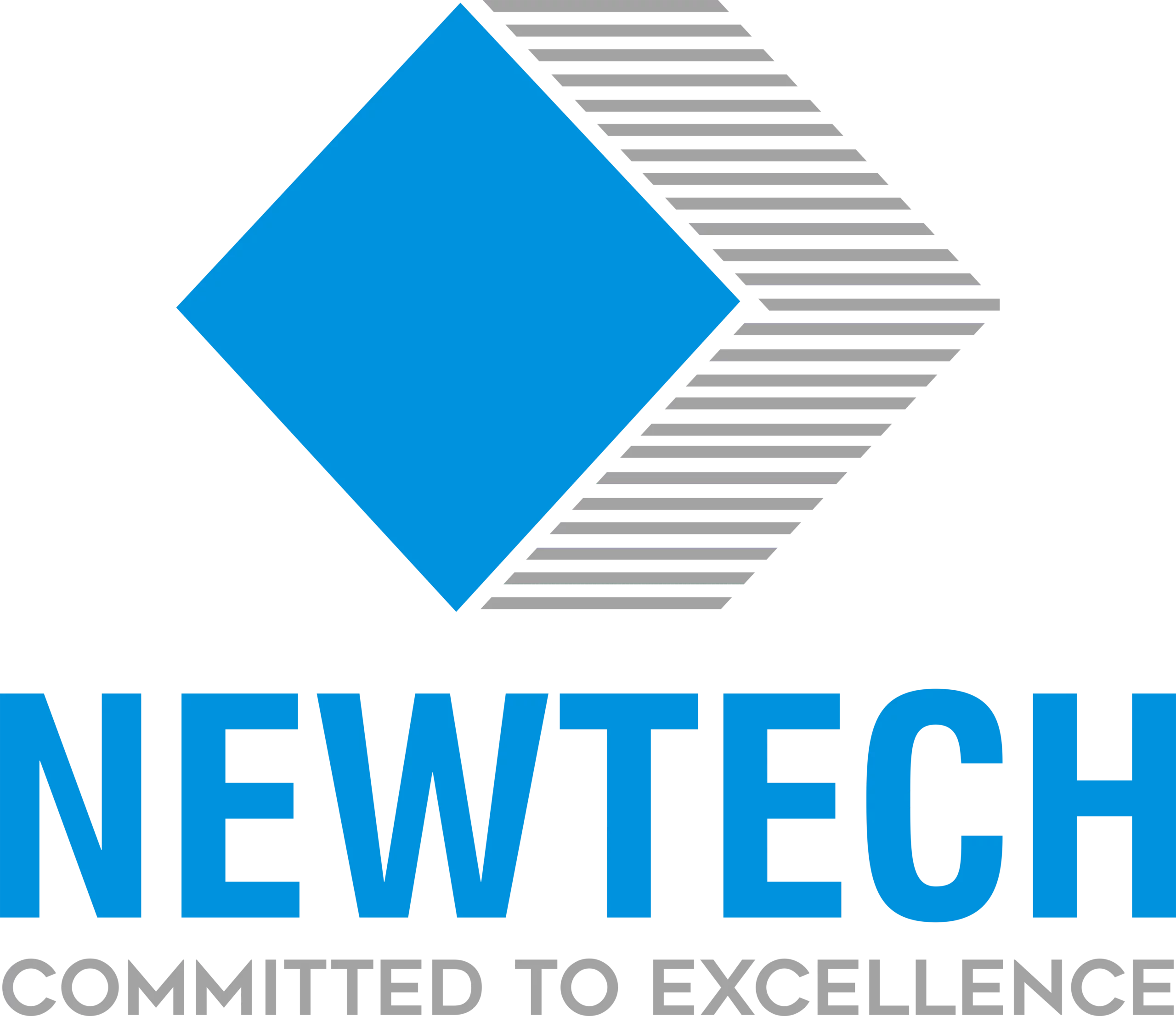Are you considering HDPE pipes for your water or construction project in 2025 but unsure about the installation costs?
Understanding the total cost involved is crucial for making informed decisions that align with your project budget. Whether you’re in construction, agriculture, or industrial water systems, the installation of HDPE (High-Density Polyethylene) pipes can offer significant benefits, but cost can vary widely based on several factors.
In 2025, as more industries embrace HDPE pipes due to their durability, sustainability, and cost-effectiveness, it’s important to evaluate how different variables influence the price tag. This article will help you navigate these complexities by breaking down key cost drivers and offering practical tips to keep your installation within budget. Let’s dive into the details and see how you can optimize the cost of HDPE pipe installation in your next project.
Why Are HDPE Pipes Becoming a Popular Choice in 2025?
Before diving into the installation costs, it’s important to understand why HDPE pipes have gained such popularity. These pipes offer a long lifespan, flexibility, resistance to corrosion, and ease of installation—advantages that have made them the go-to solution for a wide range of industries, including water management, agriculture, and mining.
In 2025, the increasing demand for sustainable and reliable infrastructure solutions drives the adoption of HDPE pipes. This growing preference directly influences market pricing, installation practices, and cost factors. By understanding these trends, you’ll be better positioned to anticipate the financial commitment involved.
How Does the Material Cost Affect HDPE Pipe Installation?
The Base Cost of HDPE Pipes
The material cost of HDPE pipes itself constitutes the bulk of the installation price. In 2025, the price of HDPE pipes fluctuates based on several factors such as raw material prices, the diameter of the pipes, and the specific resin grade used.
On average, HDPE pipes are priced between $1.50 to $3.50 per meter depending on size and specifications. Prices may increase for larger diameters and special-purpose pipes like those for potable water or high-pressure systems.
Pro Tip: Keep an eye on resin prices as they can directly impact the cost of HDPE pipes. For large projects, locking in a price early can help avoid price hikes.
Cost vs. PVC: Why HDPE Might Be More Cost-Effective in the Long Run
While the initial material cost of HDPE pipes is generally higher than PVC pipes, the long-term cost savings from maintenance and replacement make HDPE a more economical option. The durability and low maintenance requirements of HDPE pipes can make them a more attractive choice despite their higher initial cost.
High-Quality Pipes & Fittings – Built to Last
What Are the Labor Costs Associated with HDPE Pipe Installation?
Installation Complexity and Labor Demand
Labor is another major cost factor. HDPE pipes are generally easier to install compared to traditional materials like steel or concrete. Their flexibility, lightweight nature, and ease of joining (via butt fusion or electrofusion) significantly reduce the labor time and costs associated with installation.
However, skilled labor is required for the correct fusion of HDPE pipes, which can add to the overall installation cost. This is particularly important for larger projects or those requiring intricate installations. On average, labor costs can range from $3 to $10 per meter, depending on the complexity and location of the installation.
Expert Insight: Training crews for proper installation and fusion techniques can save both time and money in the long run, preventing costly errors and delays.
How Do Excavation and Site Preparation Costs Impact HDPE Pipe Installation?
Site Accessibility and Preparation
The cost of excavating and preparing the site can significantly impact the total installation cost. If the installation site is challenging—such as in rocky terrain, urban areas with existing infrastructure, or areas with high water tables—the cost of excavation can increase substantially. The more difficult the site, the more it costs to prepare it for HDPE pipe installation.
On average, excavation costs range from $10 to $50 per meter, depending on the site conditions.
Pro Tip: Before installation, conduct a thorough site survey. This will allow you to budget accurately for excavation and other site-specific challenges.
Trenchless Installation: A Cost-Effective Alternative
In some cases, trenchless installation methods like horizontal directional drilling (HDD) can be used to avoid costly excavation, particularly in urban environments. While this method can be more expensive upfront, it may save costs by reducing damage to existing structures and decreasing disruption.
How Do Geographic Location and Local Market Conditions Affect Costs?
Regional Price Variations
The cost of HDPE pipe installation can vary based on geographic location. In areas with a higher cost of living, such as large metropolitan cities or regions with high demand for construction services, the cost of installation can be significantly higher. For instance, labor and transportation costs are typically higher in urban locations compared to rural areas.
Transportation and Logistics
Transporting HDPE pipes to remote or difficult-to-reach locations can add to the overall cost. The further the location from manufacturing plants or distribution centers, the higher the transportation costs. This is especially relevant in countries like Pakistan, where transportation challenges can lead to additional expenses for both materials and labor.
How Do Environmental and Regulatory Considerations Impact Installation Costs?
Compliance with Local Regulations
In many regions, environmental regulations and construction codes require certain standards for pipe installation. These standards, which could include soil stabilization or specific pipe coatings, can increase installation costs.
Additionally, if your project involves potable water or environmentally sensitive areas, the cost of obtaining permits, inspections, and ensuring compliance with water quality standards can be a significant factor.
Case Study: A water supply project in rural Pakistan required additional coatings on HDPE pipes to prevent contamination, which added 15% to the total cost of installation.
Real-World Examples: Comparing HDPE Installation Costs Across Projects
Example 1: A Rural Agricultural Project
A rural agricultural water management system in Pakistan required 5 kilometers of HDPE pipes for irrigation purposes. The project faced minimal excavation costs due to the relatively flat terrain and simple installation requirements. However, the cost of transporting materials to the site, located 100 kilometers from the nearest city, added a significant portion to the overall price.
- Material Cost: $7,500
- Labor Cost: $3,500
- Excavation Cost: $2,000
- Transportation Cost: $5,000
- Total Installation Cost: $18,000
Example 2: A Water Supply Project in Urban Pakistan
An urban water supply project in Karachi involved HDPE pipes for a new residential development. The project required extensive site preparation and trenching through existing infrastructure, leading to high excavation and labor costs. The final installation also included several water quality inspections.
- Material Cost: $12,000
- Labor Cost: $8,000
- Excavation Cost: $10,000
- Inspection and Permit Costs: $4,000
- Total Installation Cost: $34,000
Conclusion
The cost of HDPE pipe installation in 2025 varies depending on several key factors, including material costs, labor expenses, site conditions, and transportation challenges. By carefully considering these elements, you can optimize your budget and ensure the best possible outcome for your project. Remember, while the upfront cost might be higher, the long-term savings from HDPE pipes’ durability, low maintenance, and resistance to wear make them a sound investment in the long run.
Call to Action: If you’re planning an upcoming project, it’s important to engage with a knowledgeable supplier and installer who can help navigate the complexities of HDPE pipe installation costs. Don’t hesitate to request a detailed quote that accounts for all potential factors—this will ensure that your project stays within budget without compromising quality.
FAQ Section
1. What is the average cost of installing HDPE pipes in 2025?
The cost of HDPE pipe installation varies widely based on factors like pipe diameter, material quality, and site conditions. On average, it ranges from $10 to $50 per meter.
2. How can I reduce HDPE pipe installation costs?
To reduce costs, consider factors such as using trenchless installation methods, selecting the right pipe diameter, and ensuring proper planning for excavation and site preparation.
3. Are HDPE pipes more expensive than PVC pipes?
HDPE pipes tend to be more expensive initially than PVC pipes, but their long lifespan, durability, and lower maintenance costs make them more cost-effective in the long term.
4. What are some hidden costs in HDPE pipe installation?
Hidden costs can include additional excavation in difficult terrain, permits, inspections, and transportation costs to remote locations.
5. How can geographic location impact HDPE pipe installation costs?
The location can affect installation costs due to factors like labor rates, transportation expenses, and local market conditions, which vary by region.
6. What is the environmental impact of HDPE pipe installation?
HDPE pipes are eco-friendly due to their long lifespan and recyclability. However, compliance with local regulations and environmentally sensitive areas can increase installation costs.
7. Can I install HDPE pipes without professional help?
While HDPE pipes are easier to install than many alternatives, professional installation is recommended to ensure proper fusion and compliance with local regulations.


